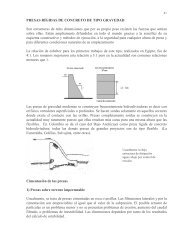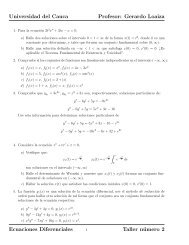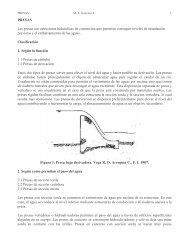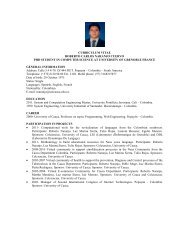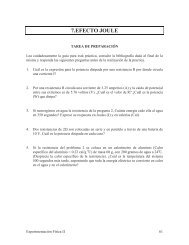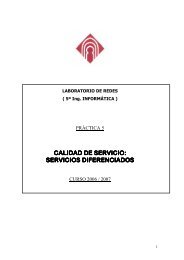Advice for the Project Management Professional (PMP)
Advice for the Project Management Professional (PMP)
Advice for the Project Management Professional (PMP)
Create successful ePaper yourself
Turn your PDF publications into a flip-book with our unique Google optimized e-Paper software.
Licensed to:<br />
362<br />
Appendix A<br />
FIGURE A-36 Changing <strong>the</strong> Network Diagram Layout<br />
TIP<br />
Some users prefer to create or modify files in Network Diagram view instead of Gantt Chart view. To add<br />
a new task or node in Network Diagram view, select New Task from <strong>the</strong> Insert menu, or press <strong>the</strong> Insert<br />
key on your keyboard. Double-click <strong>the</strong> new node to add a task name and o<strong>the</strong>r in<strong>for</strong>mation. Create finishto-start<br />
dependencies between tasks in Network Diagram view by clicking <strong>the</strong> preceding node and dragging<br />
to <strong>the</strong> succeeding node. To modify <strong>the</strong> type of dependency and add lead or lag time, double-click <strong>the</strong><br />
arrow between <strong>the</strong> dependent nodes.<br />
Critical Path Analysis<br />
The critical path is <strong>the</strong> path through <strong>the</strong> network diagram with <strong>the</strong> least amount of slack;<br />
it represents <strong>the</strong> shortest possible time to complete <strong>the</strong> project. If a task on <strong>the</strong> critical<br />
path takes longer than planned, <strong>the</strong> project schedule will slip unless time is reduced on a<br />
task later on <strong>the</strong> critical path. Sometimes you can shift resources between tasks to help<br />
keep a project on schedule. <strong>Project</strong> 2007 has several views and reports to help analyze critical<br />
path in<strong>for</strong>mation.<br />
Two particularly useful features are <strong>the</strong> Schedule table view and <strong>the</strong> Critical Tasks<br />
report. The Schedule table view shows <strong>the</strong> early and late start dates <strong>for</strong> each task, <strong>the</strong> early<br />
and late finish dates <strong>for</strong> each task, and <strong>the</strong> free and total slack <strong>for</strong> each task. This in<strong>for</strong>mation<br />
shows how flexible <strong>the</strong> schedule is and helps in making schedule compression<br />
decisions. The Critical Tasks report lists only tasks that are on <strong>the</strong> critical path <strong>for</strong> <strong>the</strong><br />
project. If meeting schedule deadlines is essential <strong>for</strong> a project, project managers will want<br />
to monitor tasks on <strong>the</strong> critical path closely.<br />
Copyright 2009 Cengage Learning. All Rights Reserved.<br />
May not be copied, scanned, or duplicated, in whole or in part.



